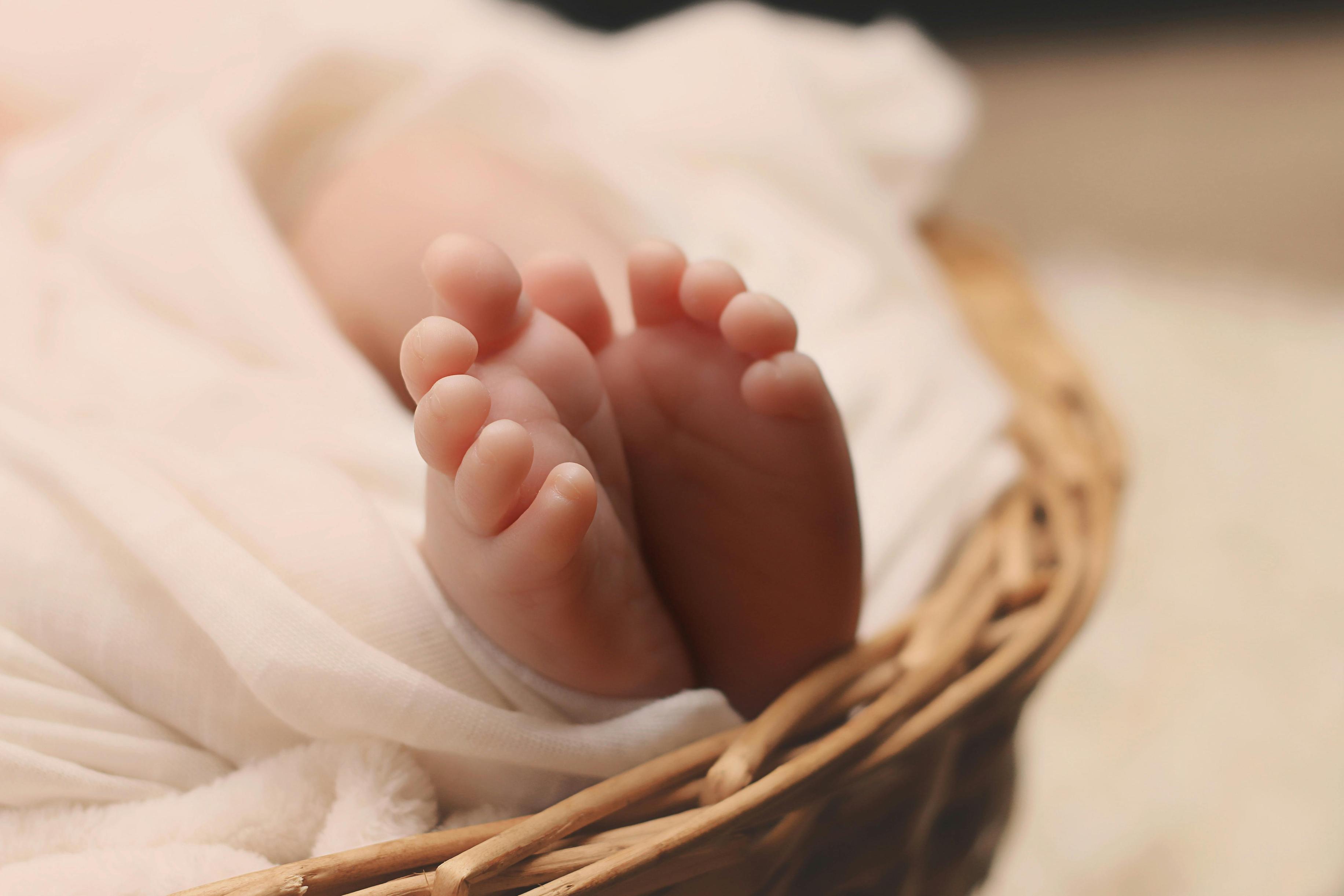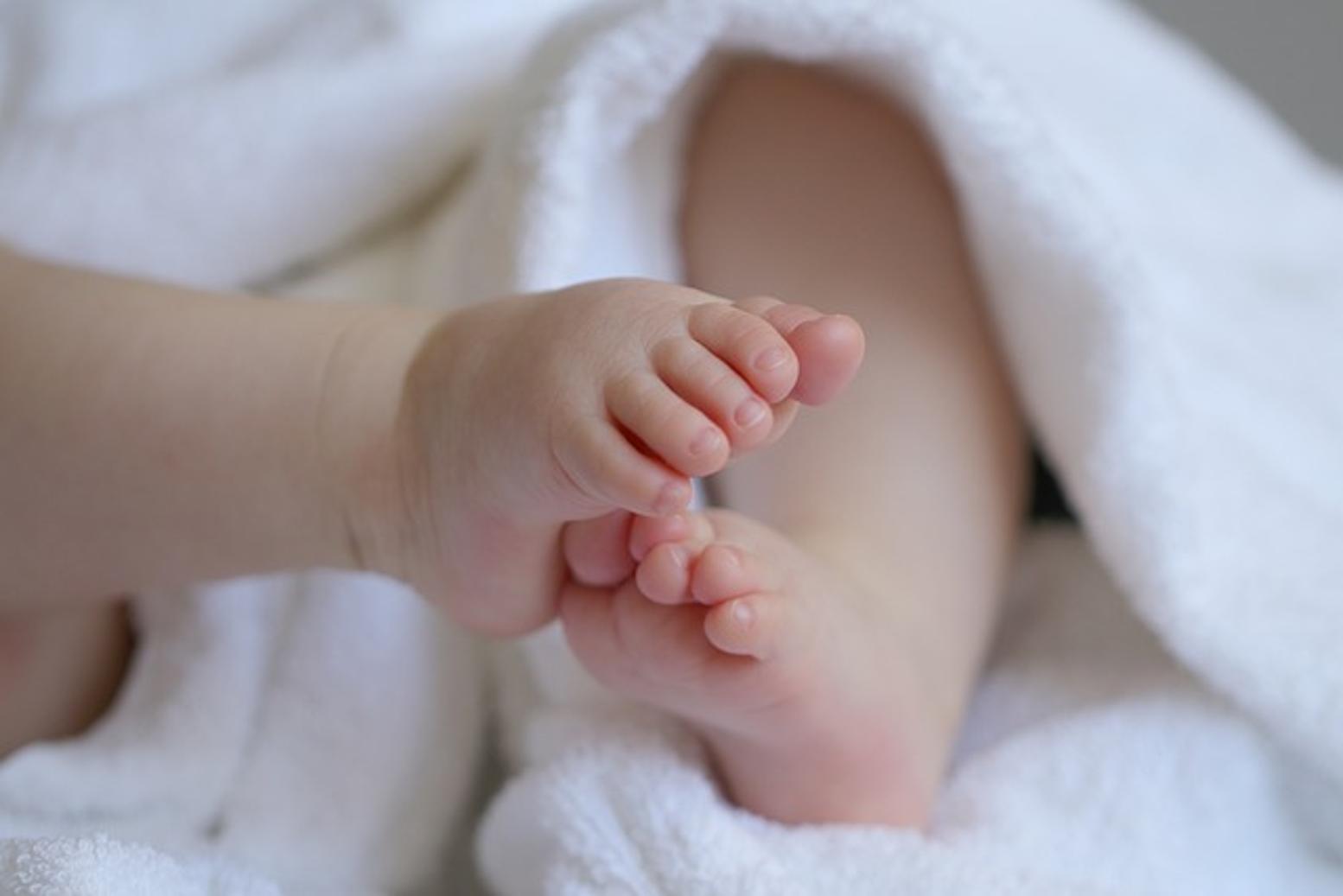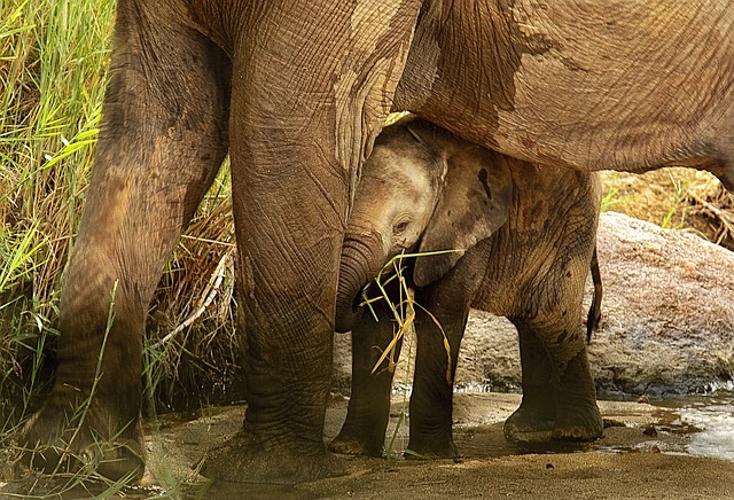Introduction
Parents constantly seek reliable products for their newborns, striving for offers that prioritize safety and comfort. Baby bouncers are popular among caregivers due to their convenience and the calming effect they can provide to infants. Yet, the question of their safety persists. In this post, we delve into the safety concerns surrounding baby bouncers, explore expert opinions, outline key safety features, and provide tips for safer usage. For those still uncertain, we present viable alternatives to baby bouncers.

What Are Baby Bouncers?
Baby bouncers are seats designed to provide gentle motion to soothe infants. Often featuring a semi-reclined position, they mimic the sensation of rocking. They usually come equipped with a supportive seat, safety harness, and an arch with toys to keep the baby engaged. Parents find bouncers beneficial for entertaining their newborns and offering short spans of hands-free time.
These products vary widely in terms of features, ranging from simplistic manual types to more advanced models featuring electronic movements and music. However, given their popularity, one cannot overlook the surrounding safety concerns.
Safety Concerns Surrounding Baby Bouncers
Despite their benefits, safety concerns exist. The foremost worry relates to the risk of suffocation. If the bouncer is not positioned on a flat, stable surface, it might tip over, causing potential harm. Another concern is the duration of use. Pediatricians caution against prolonged reclining as it can restrict airflow, leading to positional asphyxiation.
Additionally, improper harness usage can present a choking hazard if the baby slides into a curved posture. Reports have surfaced about infants tipping out of improperly secured bouncers or getting tangled in attachments. Therefore, understanding the safety concerns is vital before relying on these devices for frequent use.
Expert Opinions and Studies
When it comes to baby bouncers, pediatric experts and various studies provide mixed opinions on their safety. The American Academy of Pediatrics (AAP) emphasizes that while short, supervised use may be less risky, prolonged or unsupervised use poses significant dangers. The AAP advises that bouncers should not replace a flat and firm sleep surface such as a crib.
Several studies highlight specific incidents of injury or fatality linked to bouncers. These studies recommend strict guidelines for usage, including not allowing babies to sleep in the bouncer unattended.
On the contrary, some child care experts affirm that with proper use, bouncers can be a safe tool. They point out that following manufacturer instructions and adhering to safety recommendations can mitigate most potential risks.

Key Safety Features to Look For
Selecting a baby bouncer equipped with essential safety features ensures reduced risk. Here’s what to look out for:
- Sturdy Base: Ensure the bouncer has a wide, sturdy base to prevent tipping.
- Five-Point Harness: Opt for bouncers featuring a five-point harness for enhanced security against sliding.
- Non-Slip Feet: Non-slip materials on the bouncer’s feet can prevent accidental movement.
- Weight Limit: Pay attention to the manufacturer’s weight and age guidelines.
- Reputable Brand: Choose products from well-known brands that adhere to safety standards.
Recognizing these features helps in making an informed decision and promotes safer use of baby bouncers.
Tips for Safe Usage
Even the safest baby bouncer requires correct usage for it to be truly safe. Follow these tips to ensure your child’s well-being:
- Supervised Use: Always supervise your baby while they are in the bouncer.
- Time Limits: Restrict bouncer sessions to no more than 20 minutes at a time.
- Flat Surface: Place the bouncer on the floor, not on elevated surfaces like tables or couches.
- Harness Check: Always secure the harness snugly and check it regularly.
- Read Instructions: Adhere strictly to the manufacturer’s guidelines.
- Avoid Sleep: If the baby falls asleep, transfer them to a crib or bassinet immediately.
By following these tips, parents can minimize risks and ensure the safe usage of baby bouncers.
Alternatives to Baby Bouncers
Parents concerned about the safety of baby bouncers can explore various alternatives. These options offer similar benefits while potentially providing safer conditions.
- Baby Swings: Swings offer gentle motion and come with robust safety features.
- Playmats: Perfect for monitored playtime on safe, flat surfaces.
- Bassinet: Portable and provides a flat, firm surface for sleeping.
- Carriers: Allow parents to keep their baby close while freeing their hands.
Each alternative has its advantages, catering to different needs and priorities for child care.

Conclusion
While baby bouncers offer convenience and soothing effects, the question, ‘Are baby bouncers safe?’ necessitates careful consideration. Thorough understanding of the associated risks, expert guidelines, essential safety features, and proper usage can enhance their safety. For those who remain unsure, various alternative options are available that provide similar benefits without compromising safety. Parenting demands vigilance, and prioritizing safety over convenience is paramount in nurturing a healthy, happy child.
Frequently Asked Questions
Are baby bouncers safe for newborns?
Baby bouncers can be safe if used correctly and under supervision. Newborns should not be left in bouncers for extended periods.
How long can my baby stay in a bouncer?
Limit bouncer sessions to 20 minutes at a time to prevent any potential risks such as restricted airflow or positional asphyxiation.
What alternatives exist if I am worried about bouncer safety?
Consider baby swings, playmats, bassinets, or baby carriers as safer alternatives to baby bouncers. Each offers unique benefits while ensuring safe use.
